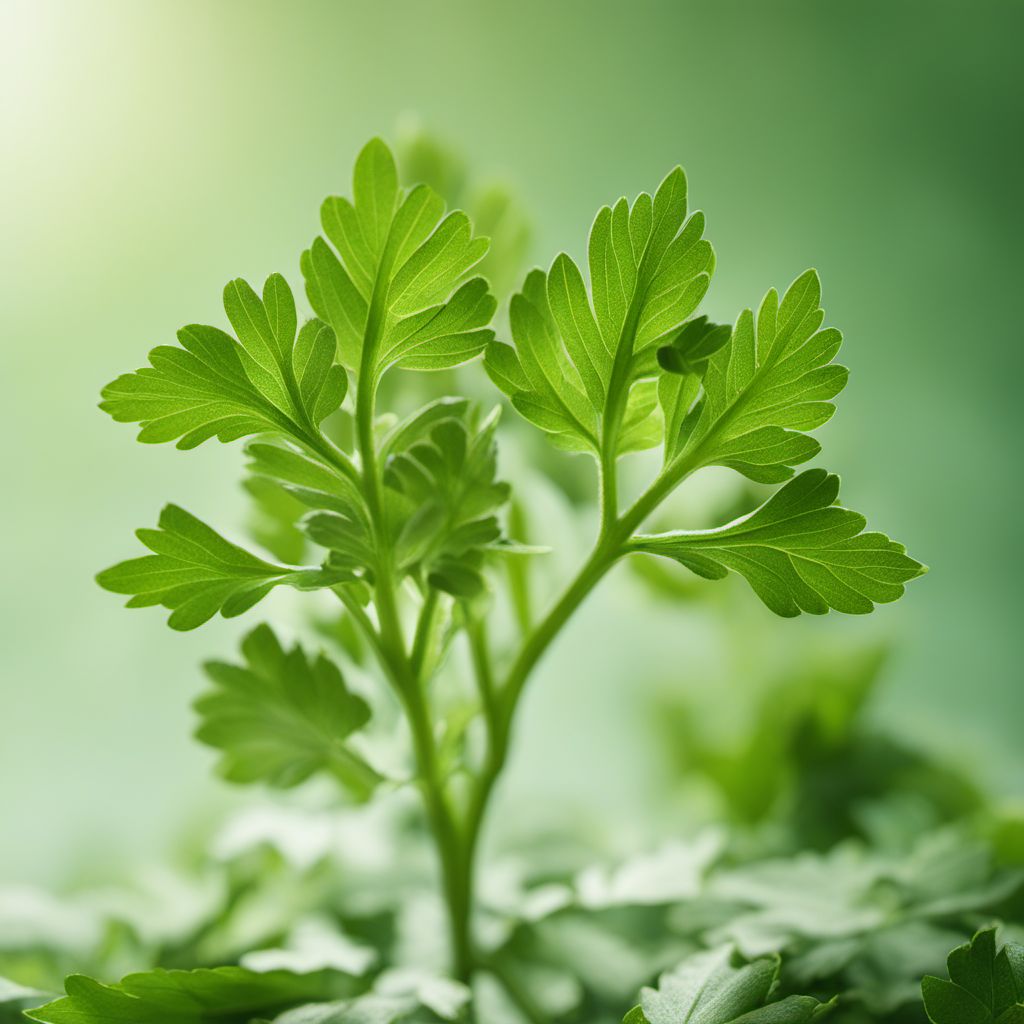
Ingredient
Lovage leaves
The Herbaceous Elixir
Lovage leaves are dark green, glossy, and have a similar appearance to celery leaves. They have a strong, distinct flavor that is reminiscent of celery, parsley, and anise. The texture of lovage leaves is tender yet slightly fibrous.
Origins and history
Lovage has a long history of culinary and medicinal use, dating back to ancient times. It was highly regarded by the Romans and Greeks for its aromatic properties and was often used as a seasoning or herbal remedy. Lovage leaves are still popular in European cuisines, particularly in Eastern European dishes.
Nutritional information
Lovage leaves are low in calories and fat, while providing small amounts of vitamins A, C, and K. They also contain minerals like potassium and calcium.
Allergens
Individuals with celery allergies may also be allergic to lovage leaves, as they belong to the same botanical family.
How to select
When selecting lovage leaves, look for vibrant green leaves that are free from any signs of wilting or discoloration. Choose leaves that are firm and crisp, with a strong aroma.
Storage recommendations
To store lovage leaves, wrap them in a damp paper towel and place them in a plastic bag or airtight container. Store in the refrigerator and use within a week for the best flavor and quality.
How to produce
Lovage leaves can be easily grown in home gardens or containers. They require well-drained soil and prefer full sun or partial shade. Regular watering and occasional fertilization can help promote healthy growth.
Preparation tips
Lovage leaves can be used in a variety of dishes, including soups, stews, salads, and sauces. They can also be used to flavor stocks, marinades, or infused into oils and vinegars. Lovage leaves make a great addition to herbal teas or can be used as a garnish for cocktails.
Substitutions
Celery leaves or parsley can be used as substitutes for lovage leaves, although they may not provide the exact same flavor profile.
Culinary uses
Lovage leaves are commonly used in soups, stews, and sauces, particularly in Eastern European cuisines. They can also be used to add a fresh, herbaceous flavor to salads or roasted vegetables.
Availability
Lovage leaves are native to Southern Europe and Western Asia. They are commonly cultivated in countries like Italy, France, and Germany.
More ingredients from this category » Browse all

Fenugreek leaves
Aromatic Herbaceous Delight
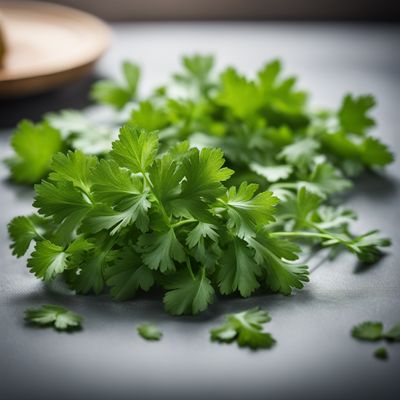
Coriander leaves
The Vibrant Herb: Unveiling the Magic of Coriander Leaves

Salad burnet
The Refreshing Herb

Culantro leaves
The Vibrant Herb: Culantro Leaves

Sorrel
The Tangy Herb: Unveiling the Secrets of Sorrel
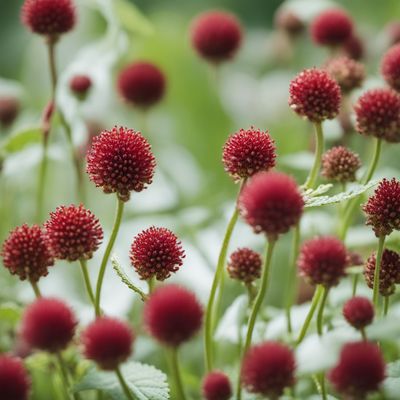
Burnet
The Herb of Coolness

Celery leaves
The Unsung Heroes: Exploring the Versatility of Celery Leaves

Pimpernel
The Scarlet Beauty: Pimpernel's Vibrant Flavors
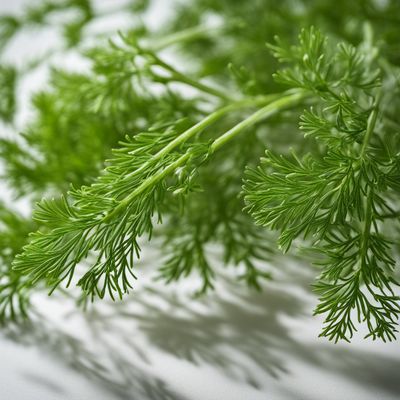
Dill leaves
The Delightful Herb: Dill Leaves

Fennel leaves
The Fragrant Herb: Unveiling the Delights of Fennel Leaves
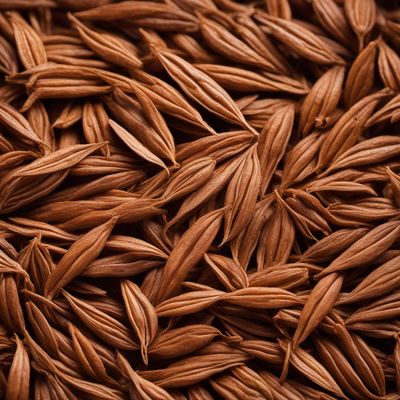
Caraway leaves
The Aromatic Herb: Unveiling the Secrets of Caraway Leaves
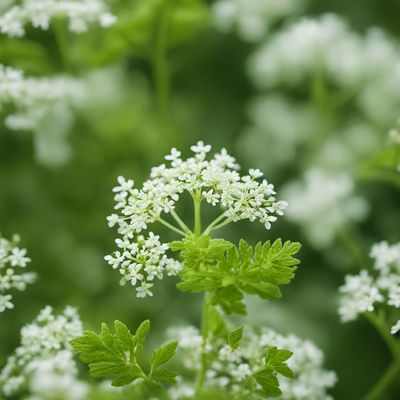
Sweet cicely
The Delicate Herb: Unveiling the Secrets of Sweet Cicely
Recipes using Lovage leaves » Browse all
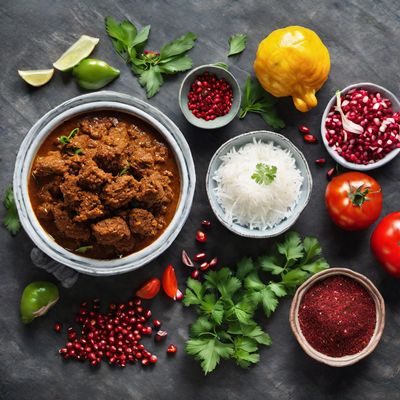
Turkish-style Rendang
Sultan's Delight: Turkish Rendang with a Twist

Dutch-Style Rendang
Dutch-Inspired Slow-Cooked Beef Rendang

Spicy English Tom Saep Soup
Fiery Beef and Herb Soup: A Taste of Thailand in English Cuisine

Dutch Beef Bourguignon
Hearty Dutch Beef Stew with Red Wine

Feijoada - Traditional Brazilian Black Bean Stew
Feijoada: A Hearty Delight of Brazilian Flavors

Thai-style Biryani
Thai-inspired Fragrant Rice Delight

Hainanese-style Rabbit with Palamida
Hainanese Palamida Bunny Delight

Thai-style Coq au Vin
Spicy Thai Chicken Stew with Red Wine
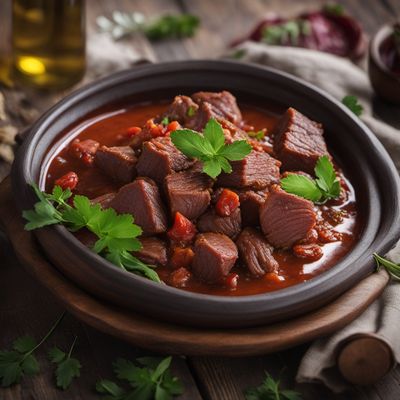
Slovenian-style Rustida
Slovenian Delight: A Flavorful Twist on Rustida

Rendang
Rendang à la française: A French Twist on Indonesian Delicacy
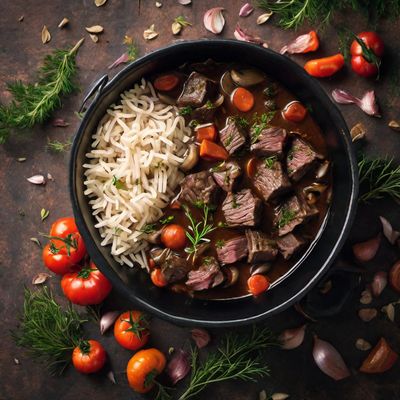
Beef Bourguignon
Hearty Russian-style Beef Stew

Thai-inspired Gumbo
Thai Coconut Seafood Gumbo